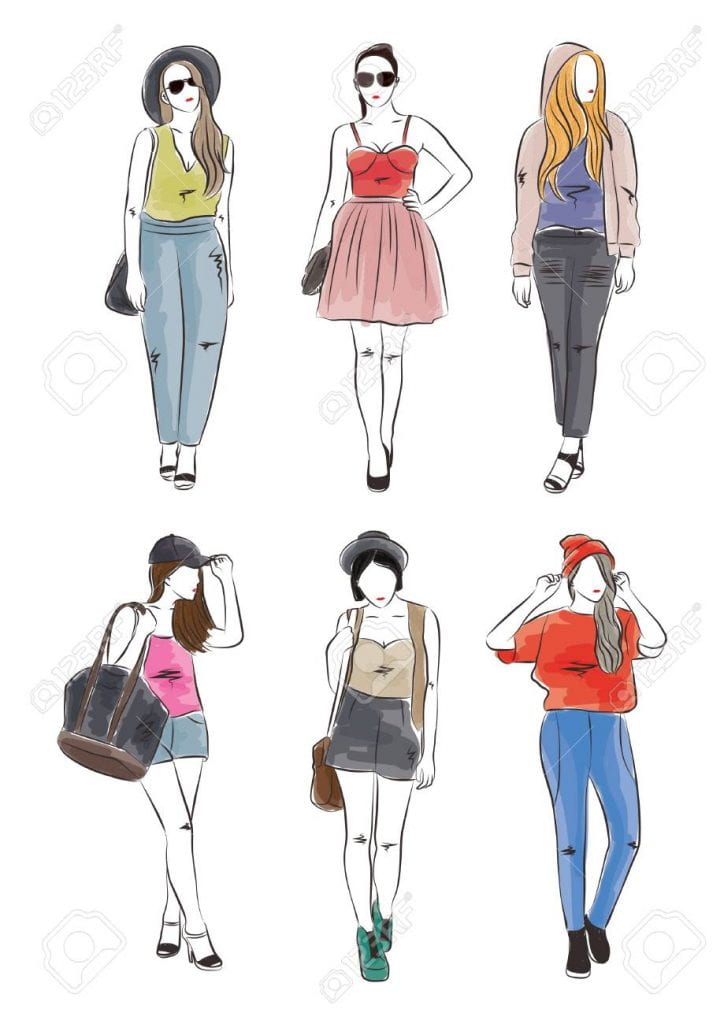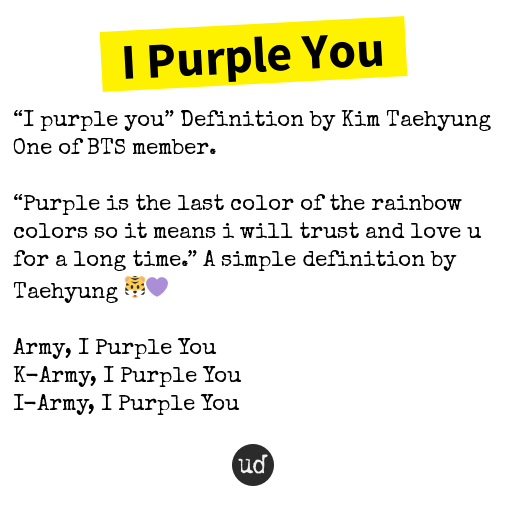Rhetorical criticism is the way of knowing or coming to an understanding about the communication process and the artifact under study. Rhetorical theory is the body of thought about human symbols used. Both of these terms have a relationship that comes back to a different form of communication. Rhetorical criticism and theory can be viewed in different areas such as social movements, political and campaign rhetoric, and studies of popular culture.
In this chapter as I was reading about popular culture and its relation back to rhetorical criticism I immediately thought of watching when a music video drops by an artist and people post “reacting to…” videos. This part of the chapter mentions the difference of your critique vs a professional critique. Professional critics base their critiques on a system or plan. Meanwhile “non-professional” critics base it off of reaction to what they prefer or view something as. Most of the time, artists for example, use criticism as a lesson rather than take it personally. But that is always not the case, because sometimes celebrities don’t take criticism well and see it as an insult.
This channel REACT was famous for getting reactions from people whether it would be music videos, viral videos, or anything that was popular at the time. Their videos would consist of the reaction and then the overall critique of what they viewed. In this video they reacted to Fifth Harmony’s “Worth It” and all had different things to say about it.









